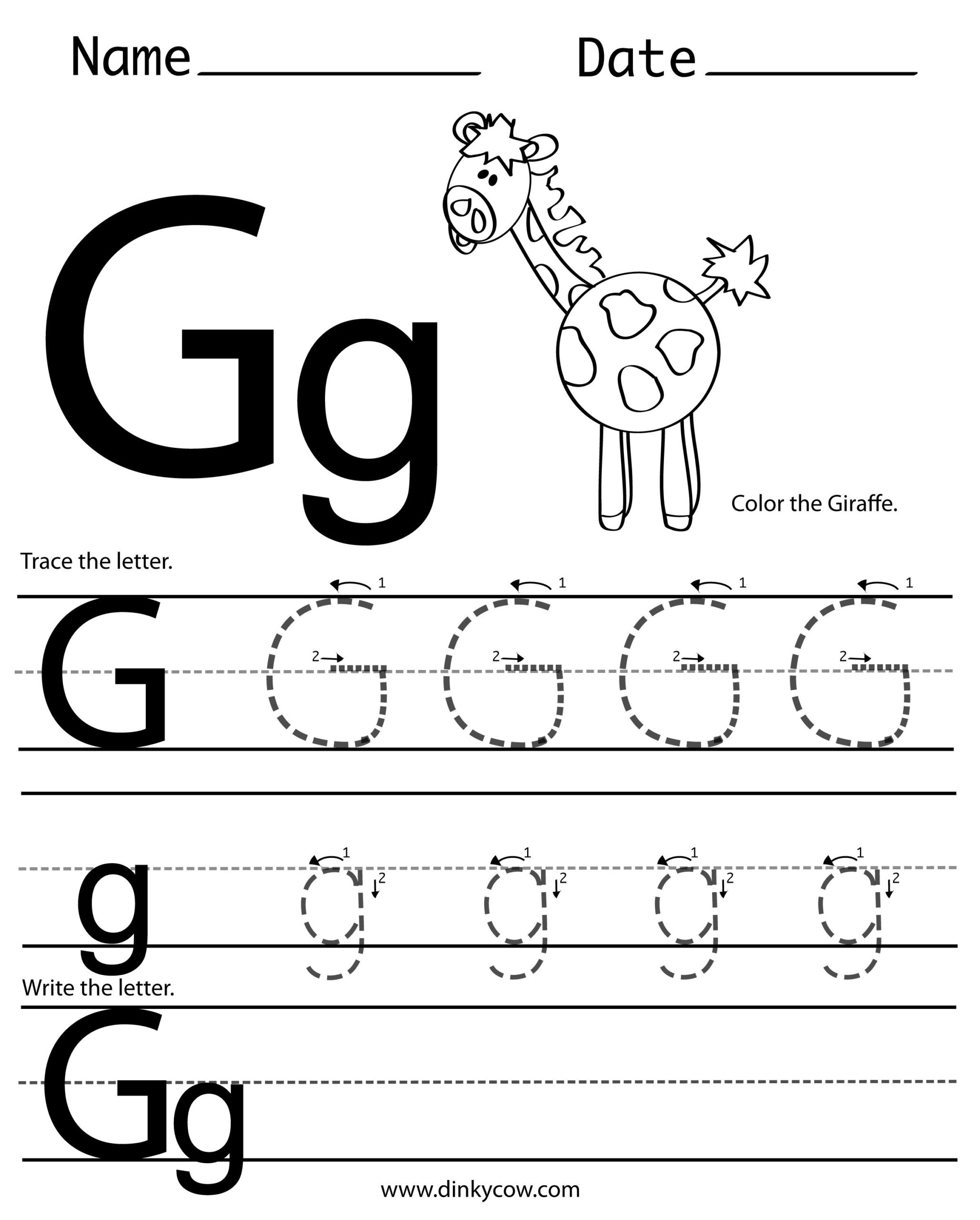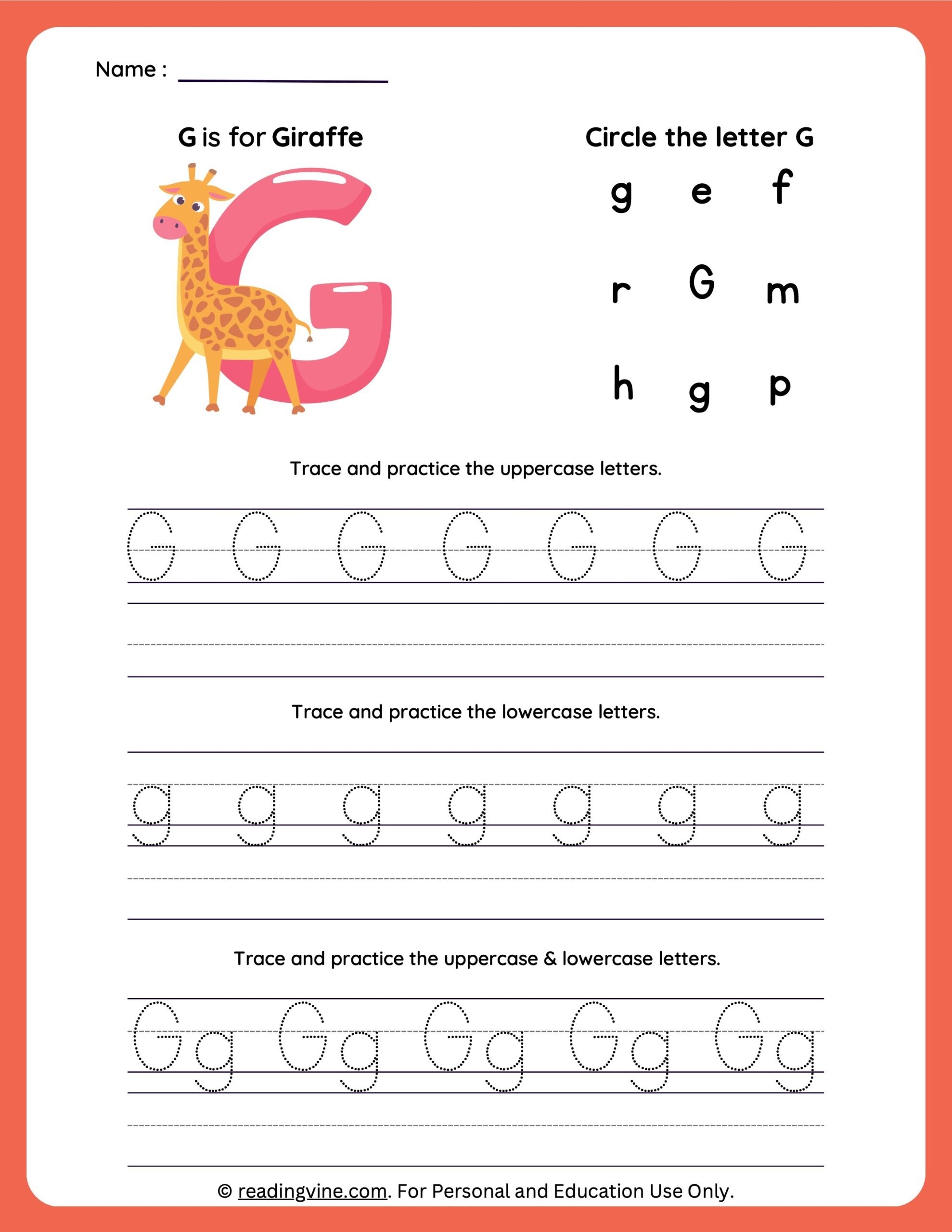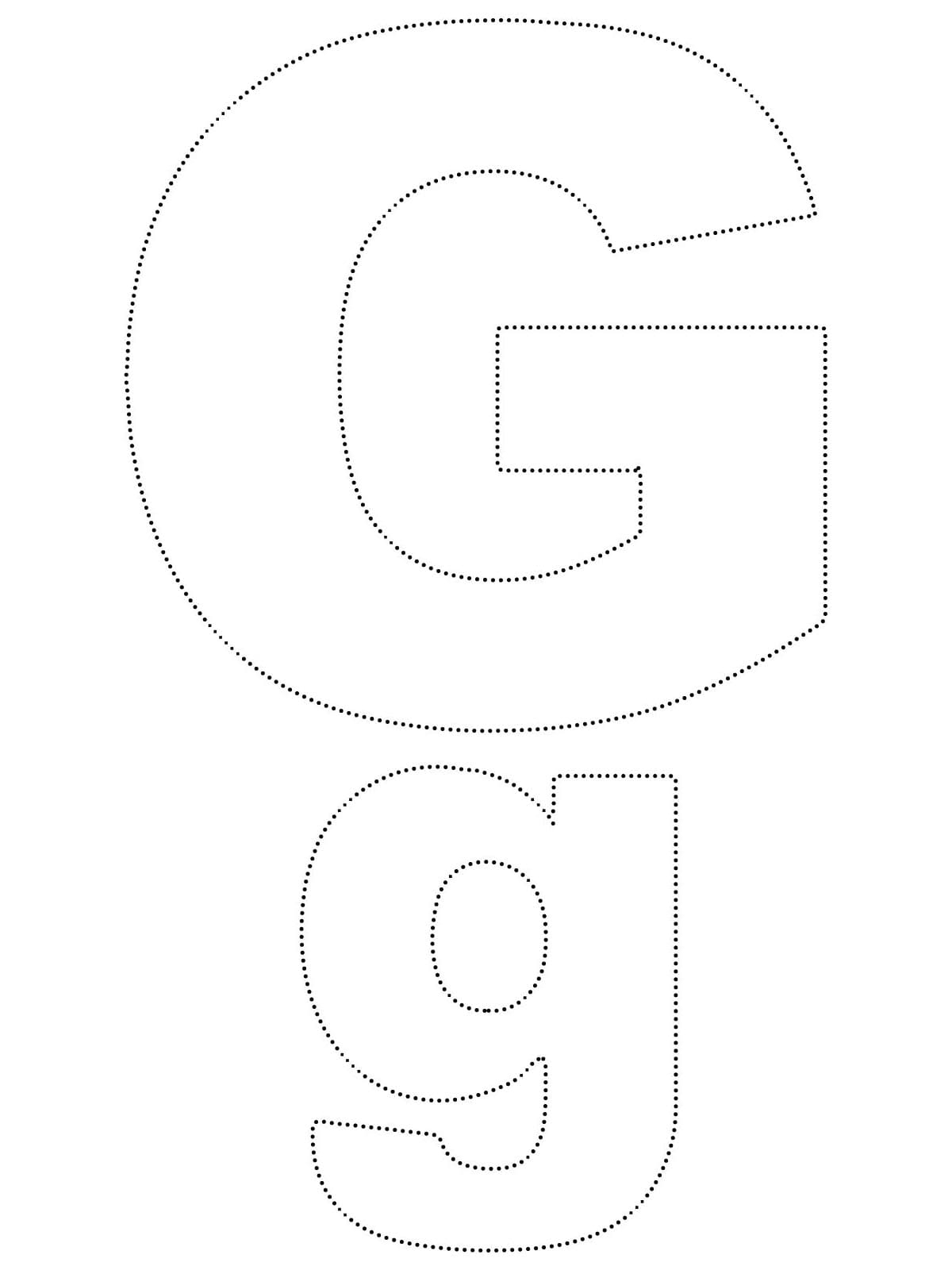Letter G tracing is a fundamental skill that forms the basis of a child’s handwriting abilities. In this comprehensive guide, we will delve into the world of letter G tracing, exploring its importance, various types, and how to download and save tracing worksheets for practice.
Why Use Letter G Tracing
Letter G tracing is crucial for developing fine motor skills and hand-eye coordination in young children. It helps them learn proper letter formation, spacing, and pen control. By practicing letter G tracing, children can improve their handwriting legibility and speed, setting a strong foundation for future academic success.
Types of Letter G Tracing
Uppercase G tracing involves practicing the capital letter G, which is essential for learning how to write names, titles, and the beginning of sentences. Children can learn the correct stroke order and proportions of the uppercase G through tracing exercises.
Lowercase G tracing focuses on mastering the small letter g, which is commonly used in the middle or end of words. By tracing the lowercase g, children can understand its unique shape and how it connects to other letters in cursive writing.
Cursive G tracing introduces children to the elegant script of cursive handwriting. By practicing cursive G tracing, kids can enhance their fine motor skills, creativity, and overall writing fluency. It is an essential skill for developing a signature style of writing.
How to Download and Save Letter G Tracing Worksheets
There are various online resources where you can find and download printable letter G tracing worksheets for free. Simply search for “Letter G tracing worksheets” in your preferred search engine, and you will find a plethora of options to choose from. Select the worksheets that suit your child’s skill level and printing preferences.
Once you have downloaded the worksheets, you can save them on your computer or print them out for physical practice. Make sure to provide your child with the necessary writing tools, such as pencils, markers, or crayons, to complete the tracing exercises.
Conclusion
In conclusion, mastering letter G tracing is a valuable skill that can benefit children in various aspects of their academic journey. By practicing letter G tracing regularly, kids can improve their handwriting, boost their confidence, and enhance their overall cognitive development.
Letter G tracing worksheets are versatile tools that cater to different learning styles and preferences. Whether your child prefers uppercase, lowercase, or cursive tracing, there are resources available to support their handwriting practice.
Overall, letter G tracing is an essential building block in a child’s handwriting progression. Encouraging your child to engage in tracing activities can pave the way for effective communication, creativity, and academic success in the future.


